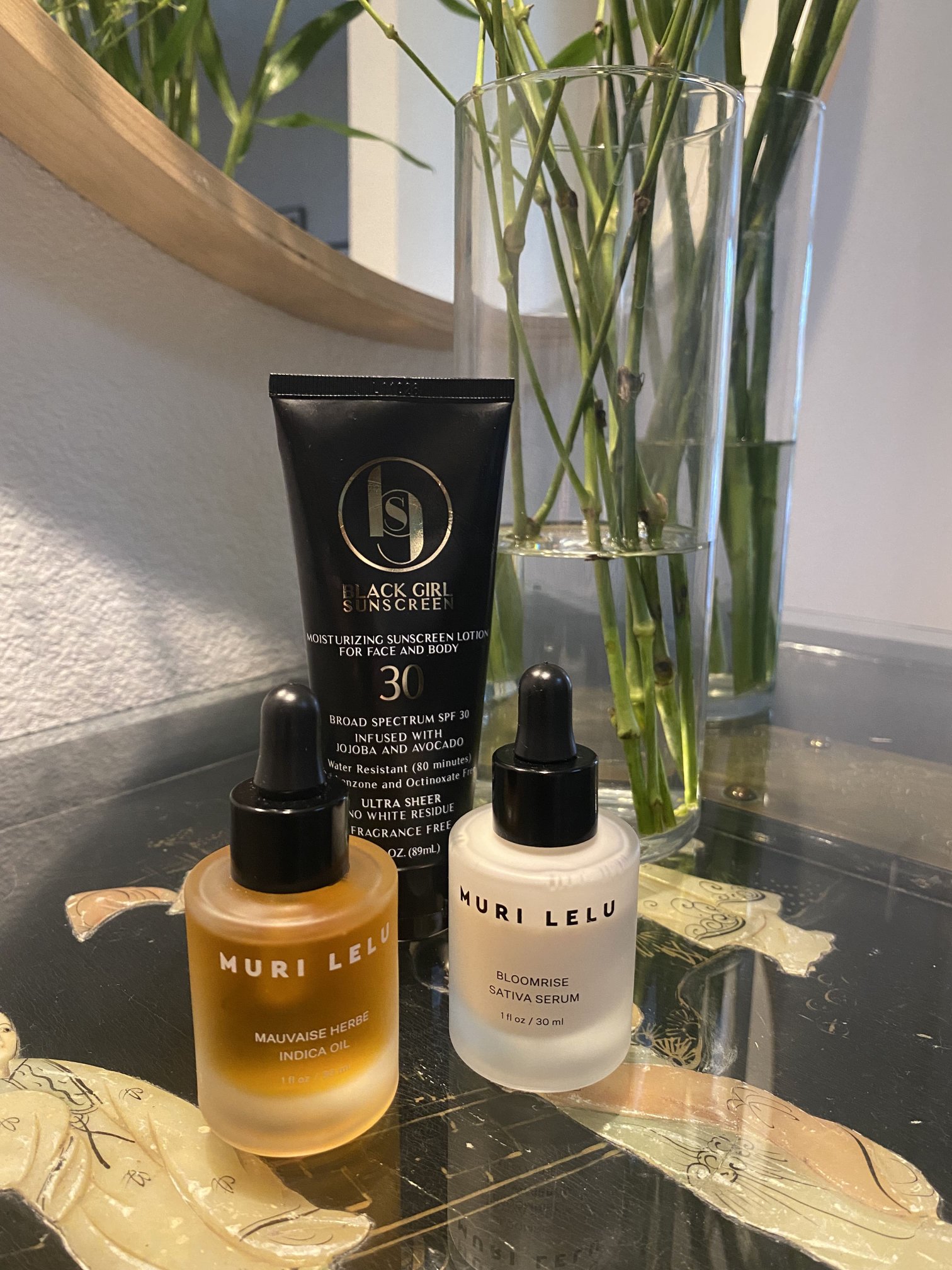Spring Skin protocol.

This content was crafted by Noelani Ganz in partnership with murilelu.com. Skin Stuido’s mission is to provide fundamental, effective, and accessible skincare. – Noelani
Transitioning Your SkinCare Routine For Spring
Skin is most sensitive during the spring season than any other time of year.
This is because our histamine levels are elevated. Histamine is a chemical found in our cells that cause allergy symptoms, to include, skin sensitivity.
Upon entering this season there can be a significant, unexpected shift in the behavior and reaction of your skin.
Inflammation can happen on the face and body.
The upper and lower eyelids can become sensitive, itchy and/or tender. The area of skin near the nostrils can start to present with mild, yet chronic dry, sloughing skin. When our eyes water or our nose runs, the bordering skin can become excessively dry.
‘The ‘less is more’ approach is key when treating inflammation.
Key products for spring.
Gentle cream cleanser or a cleansing oil.
Gentle cream and oil-based cleansers don’t strip the skin of its natural oils. They aid in maintaining a balanced skin pH.
Muri Lelu Mauvaise Herbe Indica Oil
Thoroughly hydrates and assists in soothing the skin.
Visit product page at murilelu.com
Muri Lelu Bloomrise Sativa
Quickly alleviates irritation and inflammation. Apply generously.
Visit product page at murilelu.com
Sunscreen
Not only protects the skin but also deters inflammation. I’m currently using Blackgirl Sunscreen.
Skin Tips For Spring.
Chronic Dry Skin.
Chronic dry skin near the nostrils is very common during change of season. Apply a conservative amount of Waxelene or a balm of your choice to the affected area. It will alleviate flaking, redness and sensitivity.
Corrective Products.
If you are using corrective products, like retinol, alpha hydroxy acids or physical exfoliants, you may want to consider lowering the frequency in which you use them during the spring season.
Oral Anti-Inflammatory.
An oral anti-inflammatory can reduce inflammation in addition to topicals. Quercetin is a plant flavanol that can be used in place of an oral antihistamine. Quercetin is found in black tea and green tea.
heat.
Heat can and sometimes will increase irritation and inflammation. Cold will assist in alleviating inflammation.




